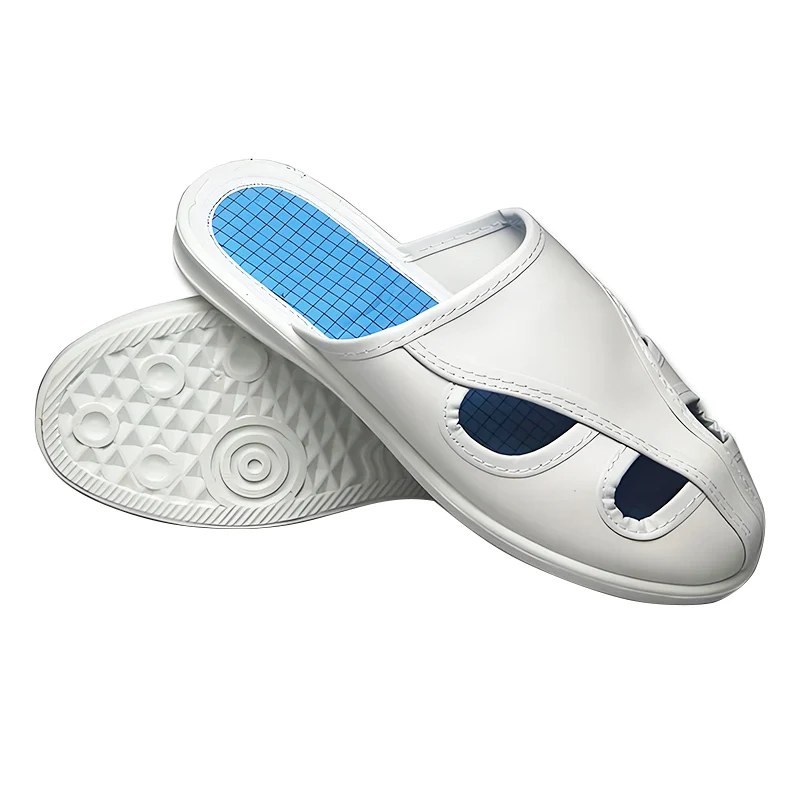ESD Shoes – Protecting People and Electronics in the Workplace
2025-06-12
In today’s high-tech industries, protecting sensitive electronic components from electrostatic discharge (ESD) is crucial. One of the simplest yet most effective ways to prevent ESD damage is by wearing ESD shoes. These specialized shoes help safeguard both workers and electronic devices in environments prone to static electricity buildup.

What Are ESD Shoes?
ESD shoes are footwear designed to safely dissipate static electricity from the human body to the ground. Unlike regular shoes, ESD shoes have conductive or dissipative soles and materials that prevent static buildup, which can otherwise cause costly damage to sensitive electronics or even spark fires in volatile environments.
Why Are ESD Shoes Important?
Protect Electronics: Static discharges, even tiny ones invisible to humans, can destroy microchips, circuit boards, and other delicate components. ESD shoes minimize this risk.
Ensure Worker Safety: In environments with flammable gases or dust, static sparks can ignite fires. ESD footwear helps reduce this hazard.
Comply with Industry Standards: Many electronics manufacturing and assembly facilities require ESD footwear as part of safety protocols.
Enhance Workplace Efficiency: By preventing electrostatic damage, companies save money and reduce downtime caused by faulty products.
Key Features of ESD Shoes
Conductive Soles: Made from materials like carbon or special rubber that conduct static electricity to the ground.
Dissipative Uppers: Fabrics that prevent static buildup on the shoe’s surface.
Comfort and Durability: Designed for long hours of wear, often meeting safety and ergonomic standards.
Slip Resistance: Many ESD shoes also offer anti-slip features to ensure safe movement in the workplace.
Where Are ESD Shoes Used?
Electronics Manufacturing: Assembly lines for computers, smartphones, and other devices.
Cleanrooms: Controlled environments where contamination must be minimized.
Explosive or Flammable Areas: Chemical plants, refineries, and powder handling facilities.
Healthcare: Certain hospital areas where sensitive electronic equipment is used.
Tips for Choosing the Right ESD Shoes
Verify compliance with ESD standards such as ANSI/ESD or IEC standards.
Choose shoes that balance conductivity and comfort.
Consider the work environment — waterproof or chemical-resistant options may be needed.
Ensure proper sizing and fit for prolonged use.
Maintaining Your ESD Shoes
Regularly clean soles to maintain conductivity.
Replace shoes when soles wear out or conductivity decreases.
Avoid using insulative shoe polish or covers that negate ESD properties.
Conclusion
ESD shoes are a critical part of safety and quality assurance in many industries. By wearing the right footwear, workers protect themselves and the sensitive electronics they handle every day. If your job involves electronics or hazardous materials, investing in quality ESD shoes is a smart step toward a safer, more efficient workplace.


